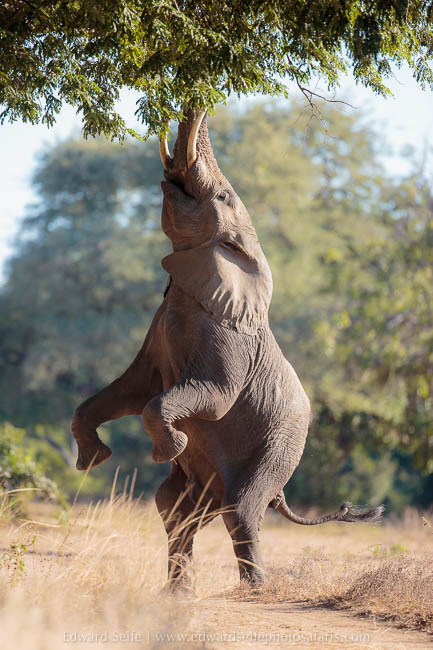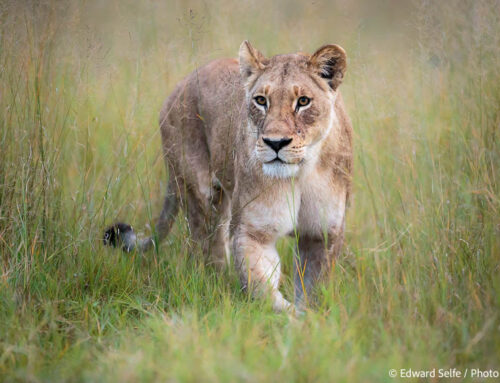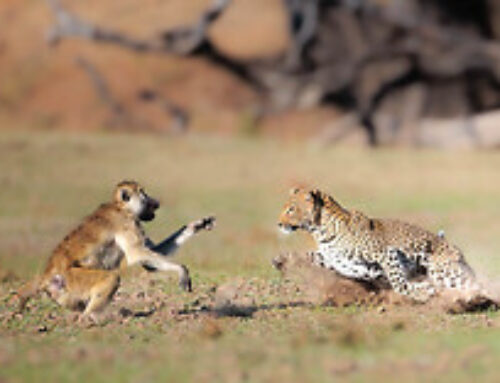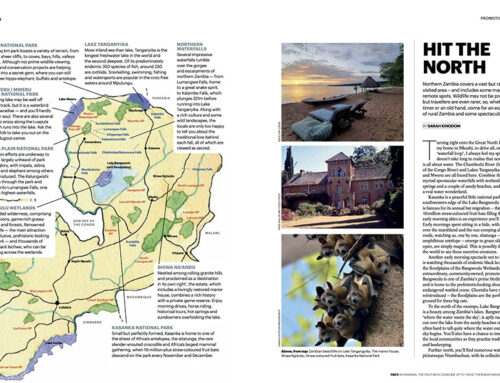Photographers are always concerned about visiting National Parks and wildlife areas at the best time of the year. They usually consider sightings, water levels and concentrations of game when deciding, but there is much less information available about the quality and type of lighting conditions that exist during different seasons. I wanted to use some images to explain how the light changes during the year in the Luangwa Valley and highlight the benefits of each season.
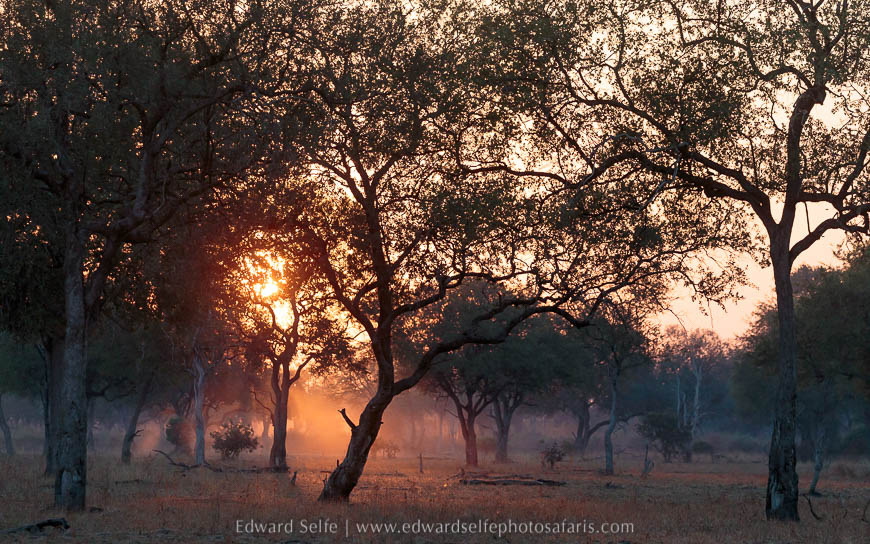
Generally speaking, Zambia’s year divides into 3 seasons; the rains, the cool dry and the hot dry. For weather conditions this is accurate, with the rains being wet and humid, the early dry season being cool and crisp, and the late dry season being very hot and arid. However, for the lighting conditions, I would split the year differently, separating the rains into two sections – the early rains and the rainy season proper.
The Rainy Season – January to April
How’s the light?
The rainy season is characterised by warm, humid days, with light clouds and long periods of sunshine. The sun rises early and sets late, making for long days. The first hour of sunshine – from 05.00-06.00 – is stunning, with soft, yellow light that illuminates everything it touches. With so little dust in the atmosphere, the light is unfiltered, giving images of animals that are rich in detail. The colour of the light is fairly white, so the contrast on subjects increases rapidly as the light increases.
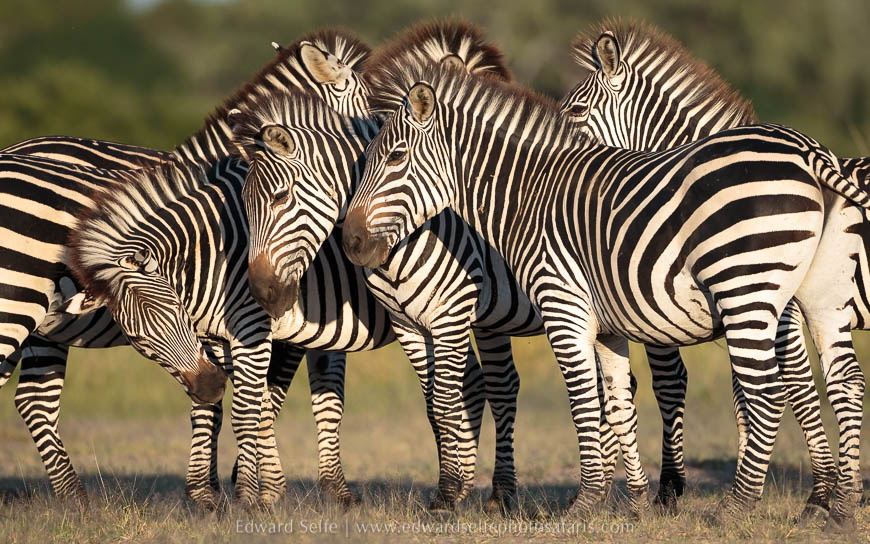
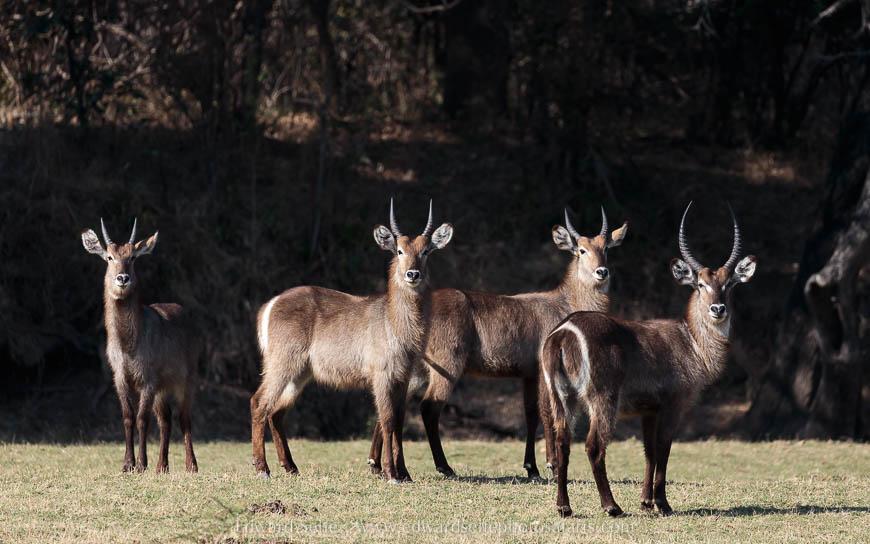
With little dust to hold back its intensity, the light becomes bright quite early in the day. Add to this the rich, reflective surfaces in the background, and our window of photographic opportunities is quite short. However, the light that we do enjoy very early in the mornings and again late in the afternoon is the most dramatic and beautiful of the whole year.
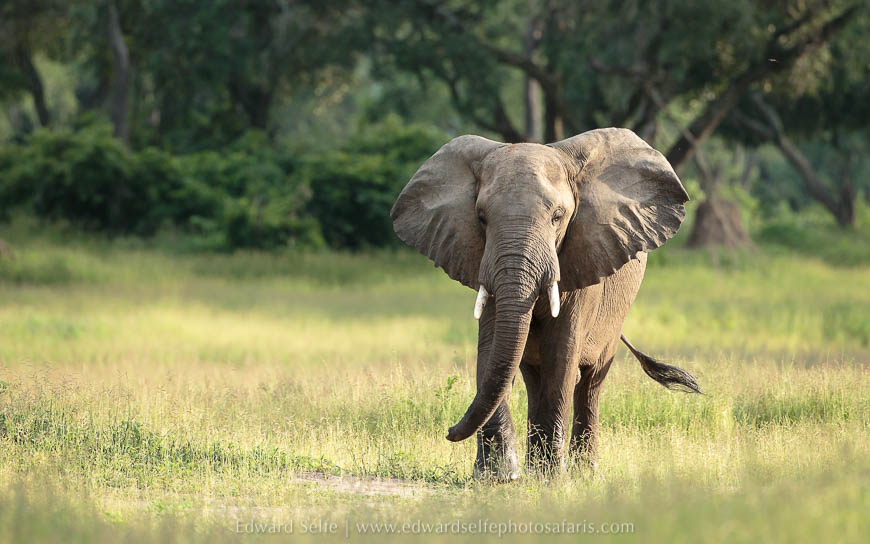
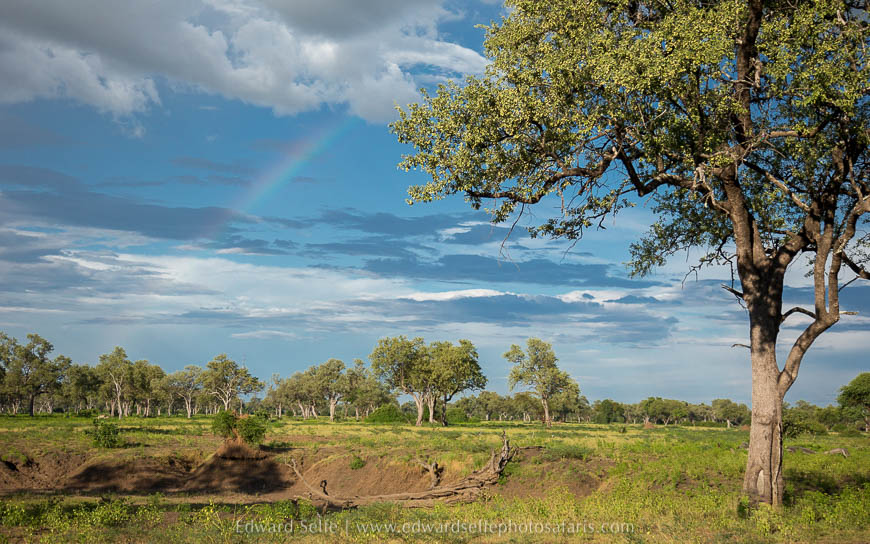
We also get days where the sun never pierces the cloud layer; while we don’t enjoy rich, directional light on these days, we do have the opportunity to shoot all day with diffused light.
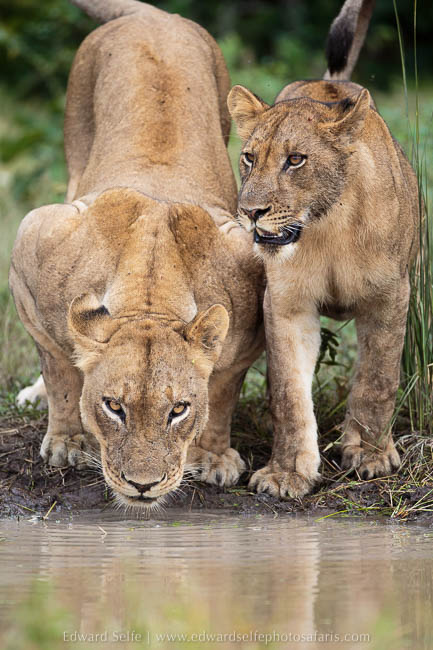
This season does not give us dusty, golden light, or the chance to experiment easily with backlighting since the contrast is too high, but the chance to see the Valley in emerald glory brings photographers to Luangwa throughout this season.
The Early Dry – May to July
How’s the light?
Once the rains move away from Zambia, the valley starts to dry out. Without the clouds to control the sun, the light can be bright in the early part of the dry season. However, the drying earth is rapidly turned to dust by thousands of hooves and the light is very soon filtered and softened.
This season gives us the best light of the year, in my opinion. In the early part of the year, the light is yellow and strong, illuminating everything it touches; by July, the dust has softened it to a rich, glowing light that gently warms where it reaches. While the more penetrating light of May is trickier to work with than the soft light of July, it is more rewarding when things come together.
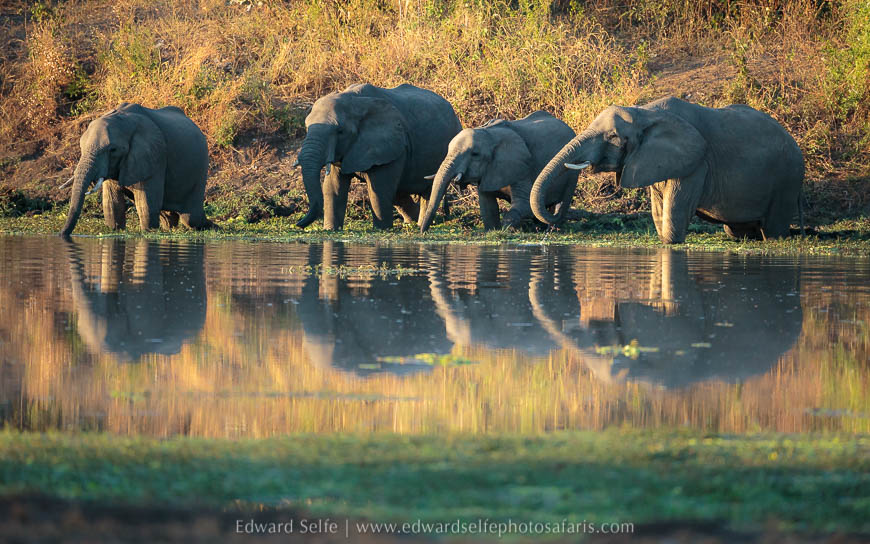
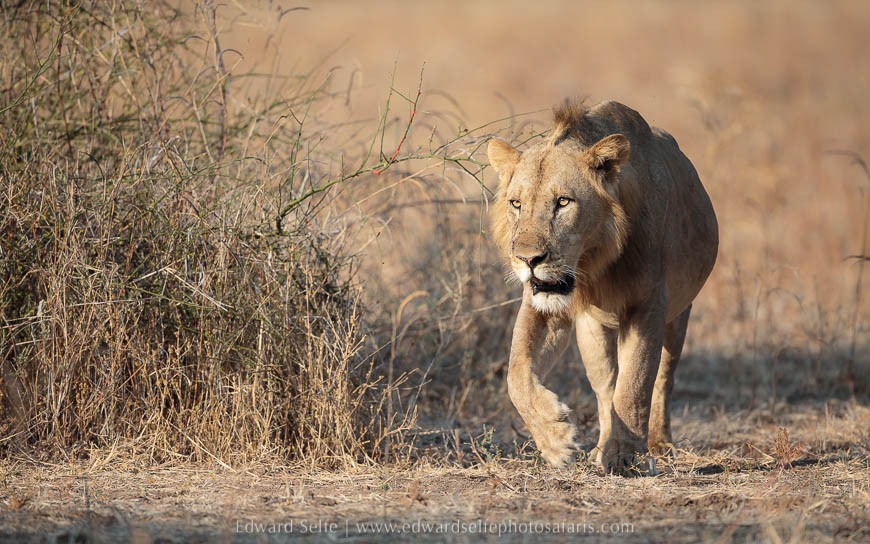
By July, we have reached the season of “golden African light” where dry grasses and autumnal leaves are bathed in gold; but beware, this effect can be “too sweet” if not handled carefully. Consider backlighting and side-lighting to prevent images where everything – subject, surroundings and background – is gold!!
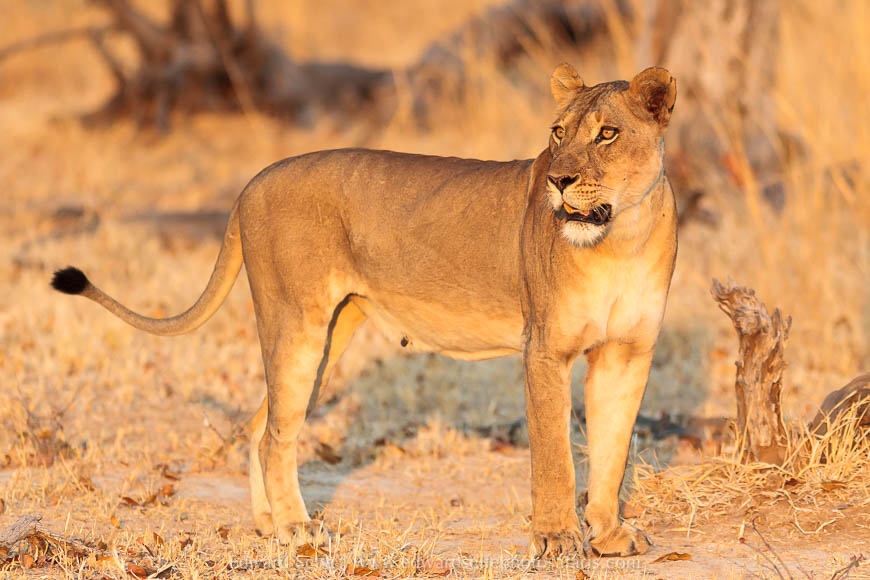
This season is wonderful for landscapes, animals-in-their environment and creative photos using back-lighting and side lighting. As the dust accumulates in the air and around animals’ feet, there are opportunities for dramatic dust-clouds around buffalo herds and other large concentrations of game…but the best time for this comes in the following season.
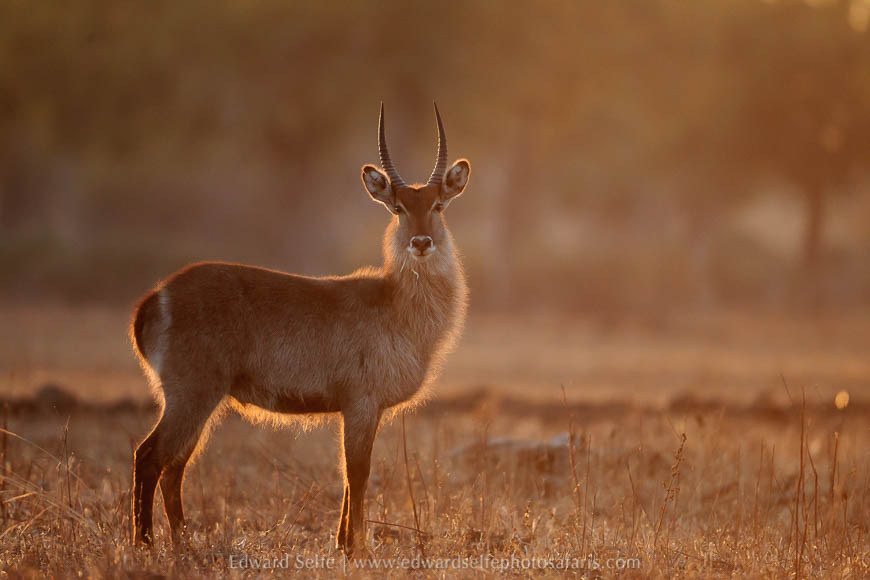
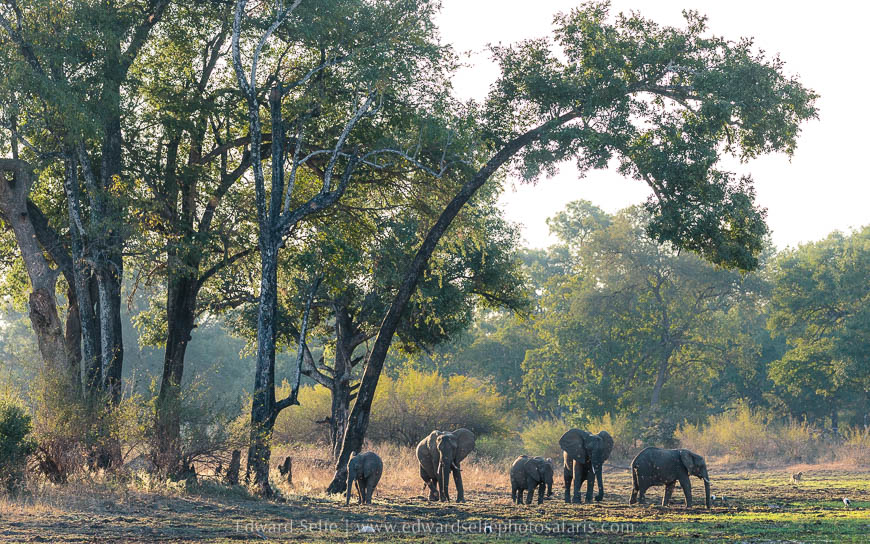
The Peak Dry – August to October
How’s the light?
By August, the rich gold (sometimes saccharin) light of the early dry season gives way to heavily diffused light conditions from the all-pervading dust and smoke from widespread bushfires. The early mornings are bright, but the light has little direction to it, rather taking on an “all-enveloping” quality that wraps softly round subjects.
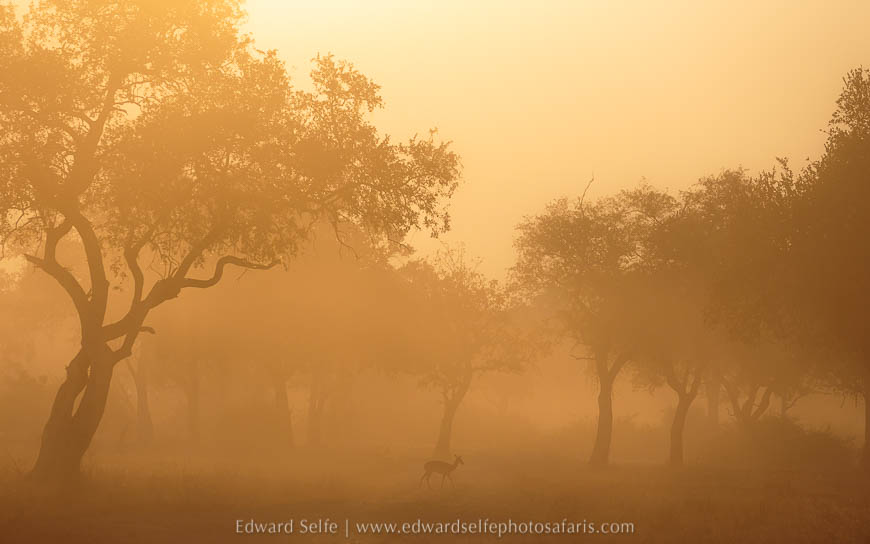
Strangely, the best time of day for photography is sometimes not early morning, when the light has little structure, but a little later when it has increased in strength and pushed through some of the dust. This is welcome since it allows good photography later in the day, but it does make creative techniques such as backlighting more difficult. However, this is a time of year of high-drama with carnivores clashing and epic prey densities, so we seek photos of action and behaviour rather than creative beauty.
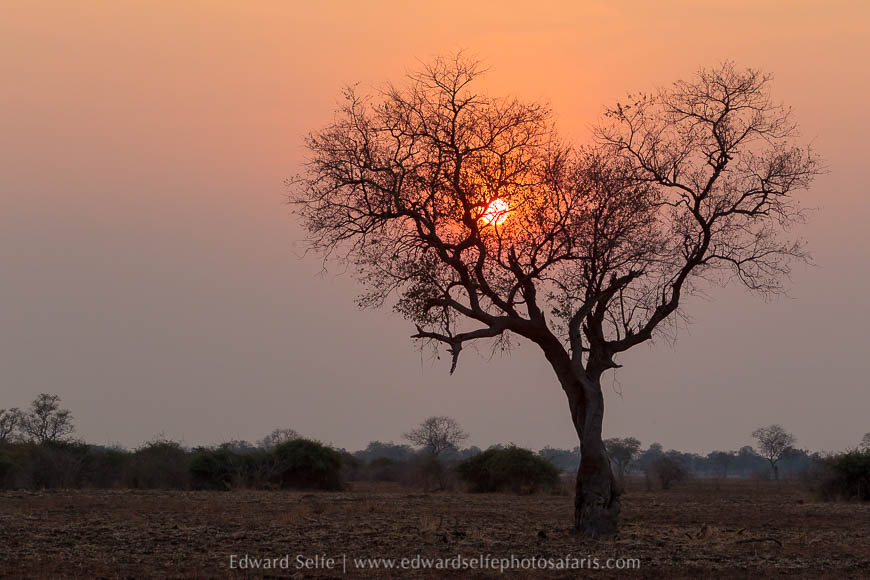
The late morning and early afternoons are very hot in the late dry season, but animals are more active than you might think. With water sources so limited and food hard to come by, animals are forced into action in a way that they need not trouble with when resources are more plentiful. Even though the day is hot, the camera will welcome the softer contrast and return images that are flattering of the harsh conditions.
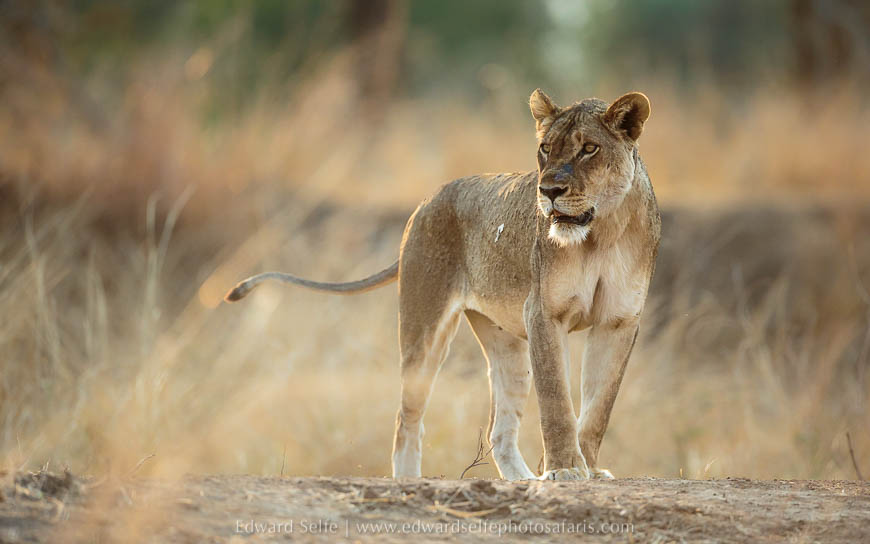
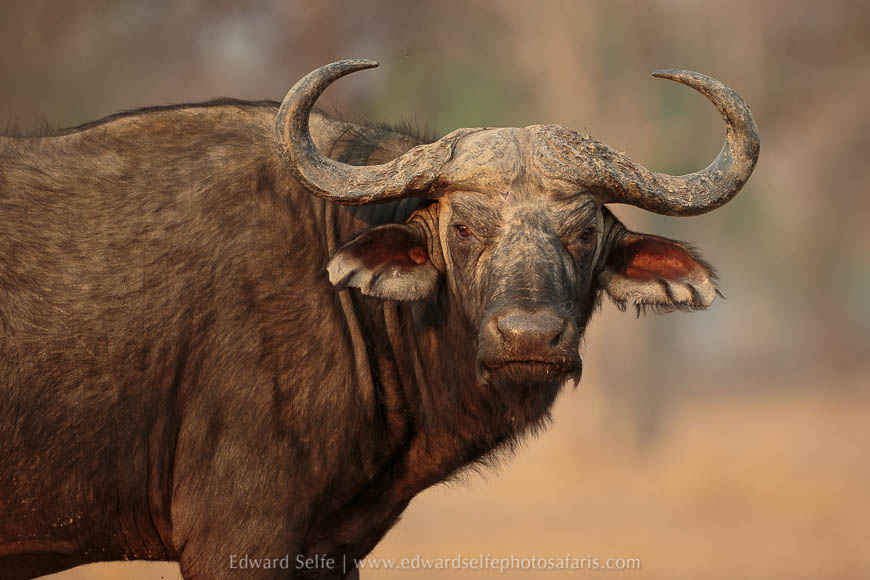
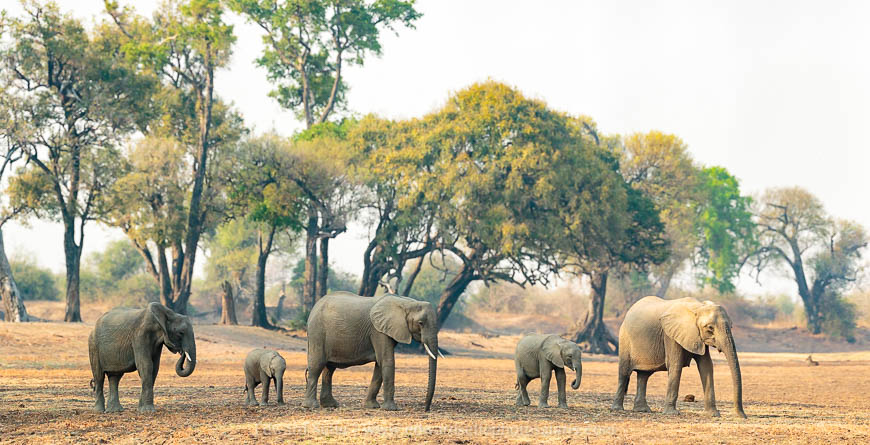
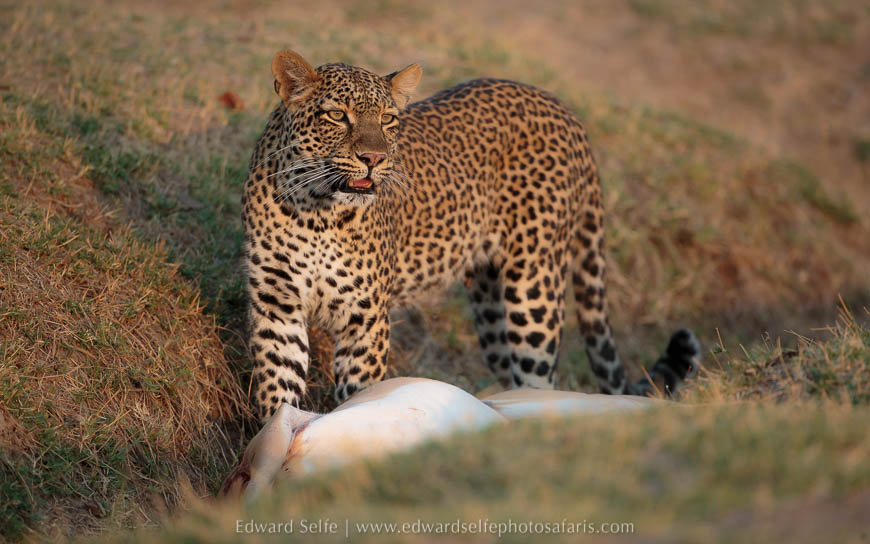
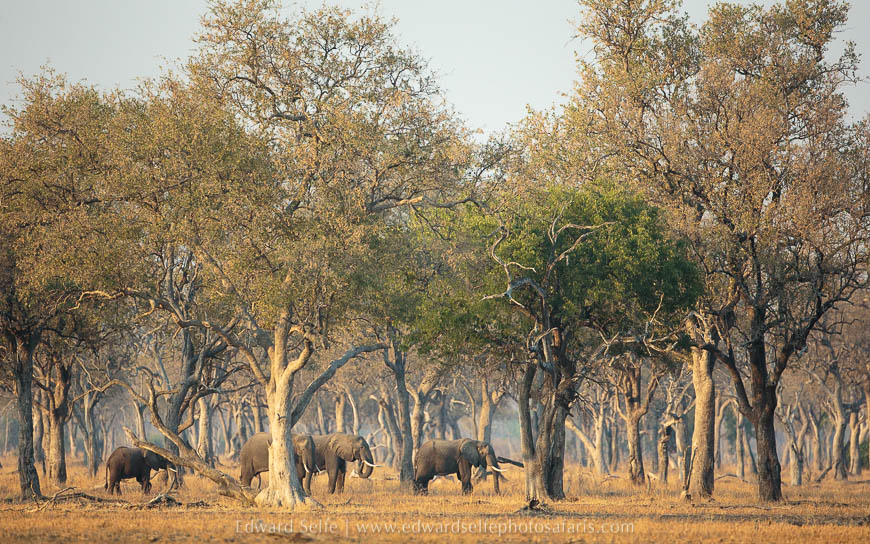
The Early Rains – November & December
How’s the light?
There will be several false starts to the rains, where rich dry season light meets steel-grey storm clouds; this special effect occurs for just a few days a year and is something very special to see. It’s impossible to predict when it will happen, but make sure you have a suitable subject when it does!
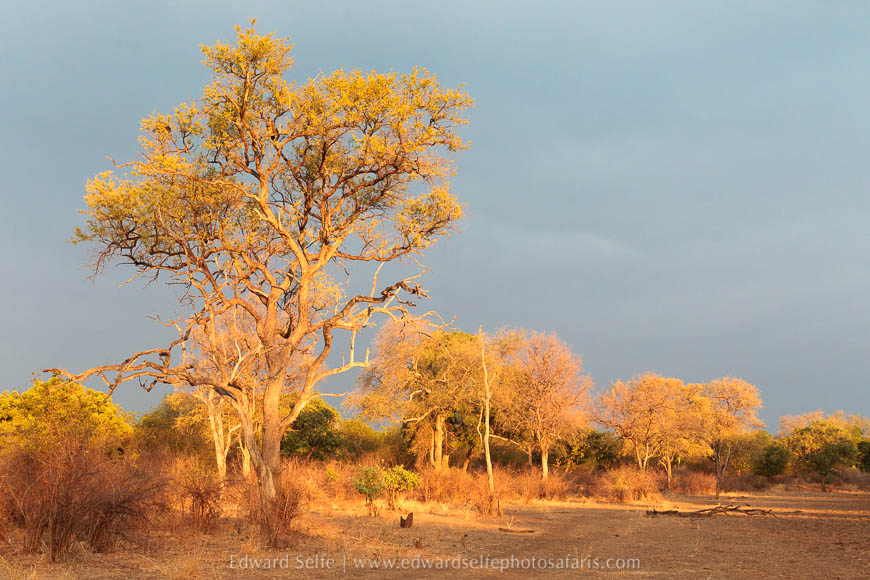
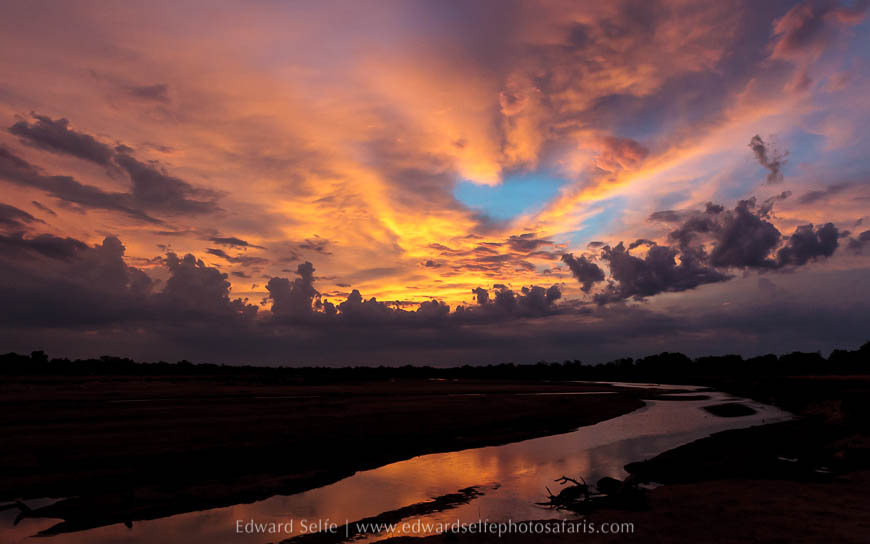
Once the rains break, the clouds clear the dust entirely from the atmosphere. This usually happens in late October or early November though there have been years when it was Christmas-time before the rains arrived. Where there was haze and poor visibility the day before, it is now possible to see through the bush, pick out details in the distance and photographs once again regain their clarity and rich details.
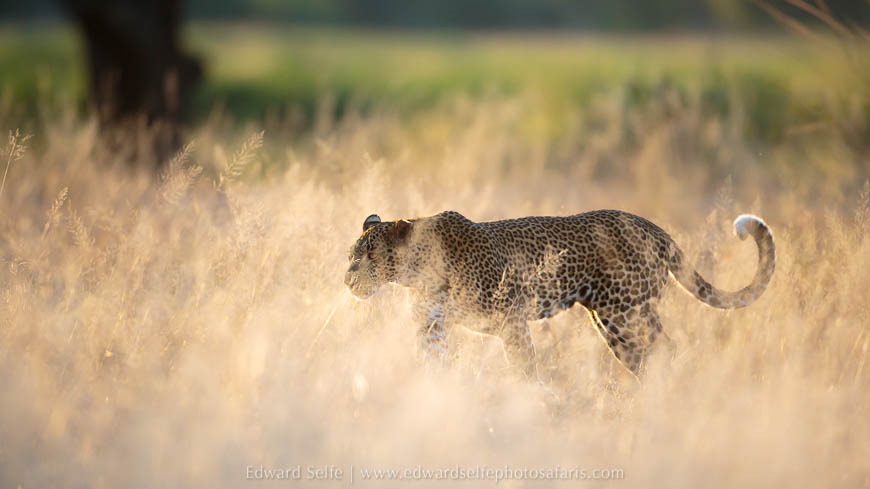
However, the clear air removes the sun’s diffused golden tones and returns it to a white-hot burning light source. The hour after sunrise and before sunset is still valuable, especially because the visibility is now excellent, but contrast and harsh shadows will quickly make anything but front-on-light very challenging. The carpet of green grass the grows within a few days is wonderful to see, as is the profusion of wobbly-legged impala lambs which emerge much to their mothers’ relief.
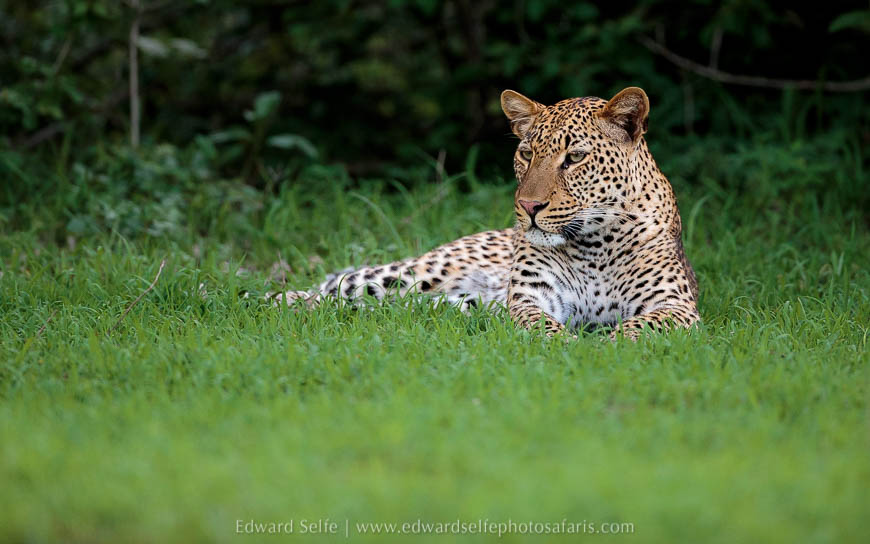
The early rains offers a very special type of light however, which is hard to come by at other times; the light pre-sunrise and post-sunset. For most of the year, thick dust removes this effect, but in the rains, we enjoy the “blue-hour” when light reflecting off the clouds still illuminates our world for a long time at dawn and dusk. This wrap-around light is superb and works beautifully for portraits and close-ups and for animals – like elephants – whose hides quickly lose detail in high contrast situations.
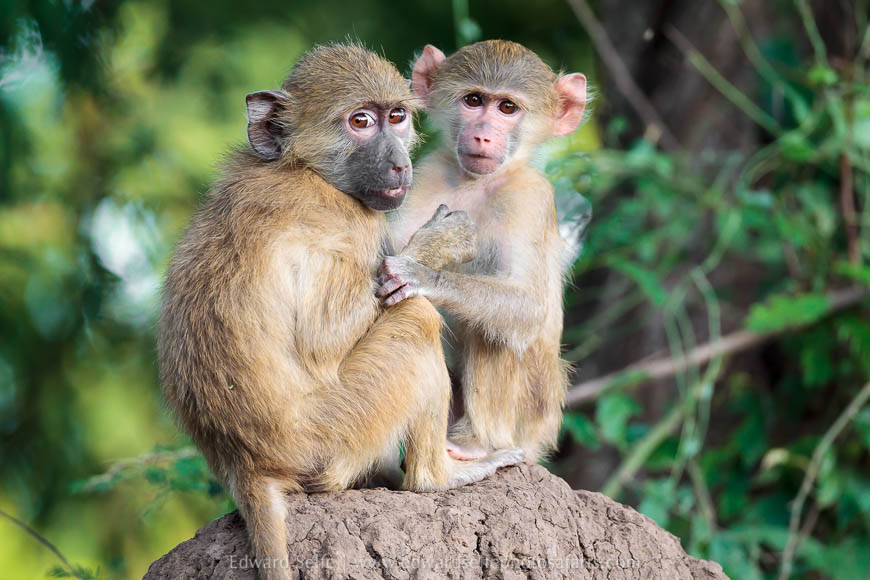
A Summary
As you would expect of a world-class wildlife area like the South Luangwa, there is wonderful wildlife to see at any time of the year. Indeed, there are special and interesting, lighting effects at any time too. The rains, while offering the most dramatic light in the very early morning and late evening, gives only a short window of good light before the contrast becomes too high with the surrounding reflective vegetation. However, if you coincide with cloudy days, the rains can be a superb photo-season with soft light and the opportunity to shoot all day.
The early dry season is probably the time when the light is “best”. It has a strong golden colour, penetrates the tree canopies and is ideal for back-lighting and creative photos; but it can be too “sickly” if not used carefully. Once the late dry season arrives, the light is soft and glowing, but not very strong directionally. It is perfect for lighting up the action and drama that this season brings but offers fewer creative opportunities.
If you are here for the start of the rains, be ready to enjoy the extraordinary light that appears for just a few hours as the first storm-fronts roll in…this is magical, ephemeral light and will leave you simply speechless.
